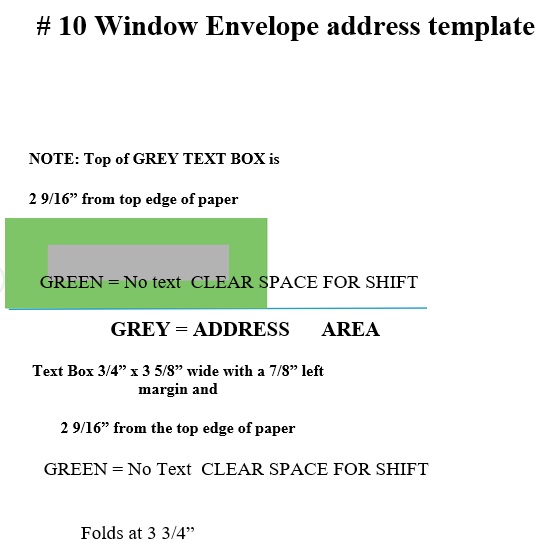

To acknowledge the Traditional Custodians of the land your item is being delivered on, you can include those place names in the address field. Leave spaces between the locality, state and postcode.įor more information, download our Correct Addressing brochure (PDF 261kB).The postcode should be included on the same line as the locality or suburb and state.Check the locality or suburb matches the postcode using our ‘ find a postcode’ tool.For machine-addressed envelopes, use a clear, readable font type such as Helvetica, Arial or Times Roman.Don't underline any words or use punctuation.Print clearly using a black or blue pen.It should be placed in the top left-hand corner of the envelope (Service zone) or on the reverse of the envelope. Include a return-to-sender address in the same format as the recipient address.Line 3 should contain the locality or suburb, state and postcode and be written in capital letters.įor international mail, the country name should be written in capitals on the bottom line.Line 2 should contain the street number and name, or PO Box or Locked Bag number.

Where both a business and recipient name is required, the business name should be used in line 1 and the recipient’s name will move to line 2. Line 1 should contain the recipient's name.Add the address in three to four lines:.Write or print the address in the centre of the envelope (Address zone).This table shows the sizes of envelopes and where the window is situated and also its size, there are multiple copies of "DL" and "C4" due to both of these size envelopes having windows in more than one place and size. In an eye catching message, font and colour. Window envelopes can be used to market companies, advertising special offers and new products encapsulated A new thinking is that the space saved on Marketing method due to its attention grabbing properties. Made using clear plastic and often recycled and biodegradable corn options.Ĭallahan's invention also meant that envelopes could be printed in colour, which is now a successful Later developed to windows made from glassine, a shiny and almost transparent paper. The first windows were made from a lightly waxed rice paper which He filed a patentįor the window envelope on June 10th 1902 and described his invention as an envelope with holes for The first windowed envelope was created by a man named A F Callahan from Chicago. This will eliminate the need for hand-addressingĮnvelopes and printing address labels which both costs money and time.

Power and finances by using envelopes with windows. Well maybe it's time to free up some people Many businesses deal with a constant flow of internal and external mail on a daily basis, employingĭedicated teams or departments specifically to organise mail.


 0 kommentar(er)
0 kommentar(er)
